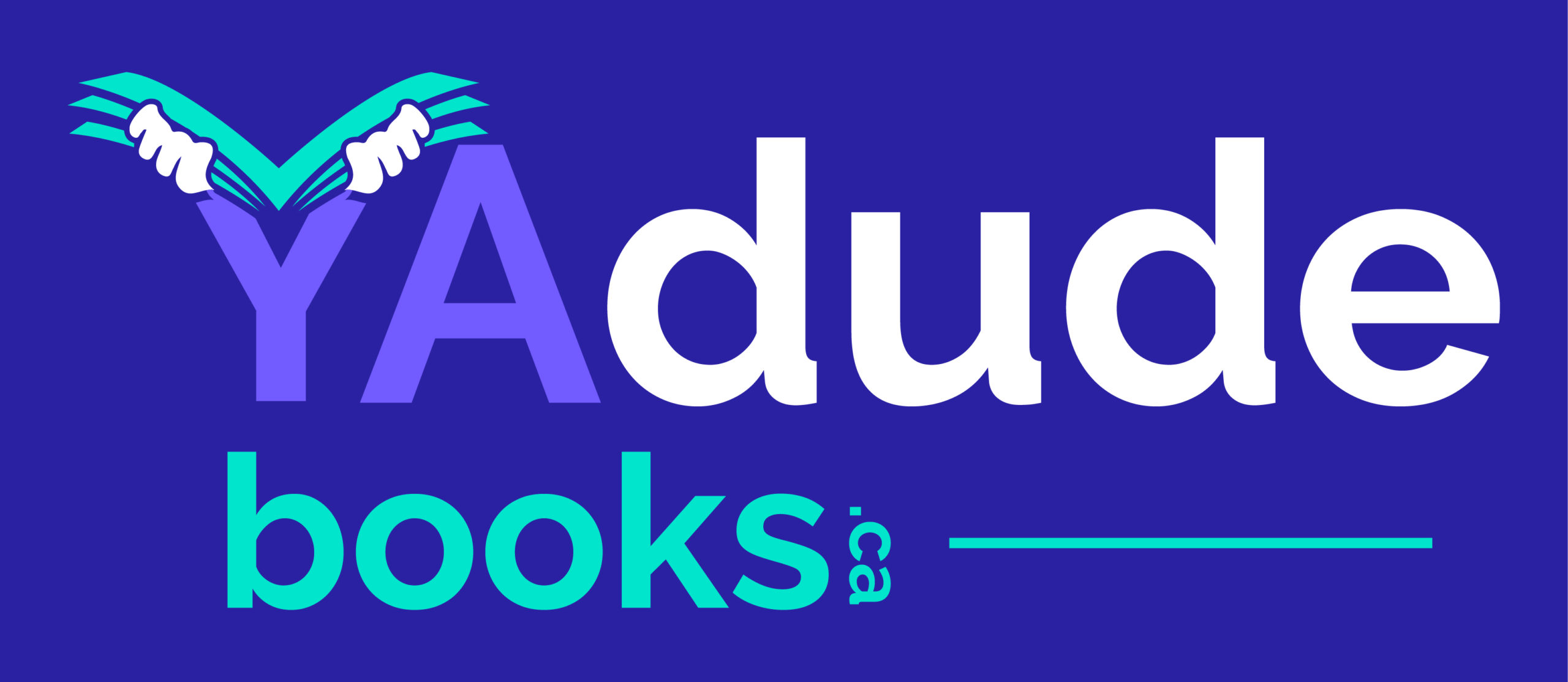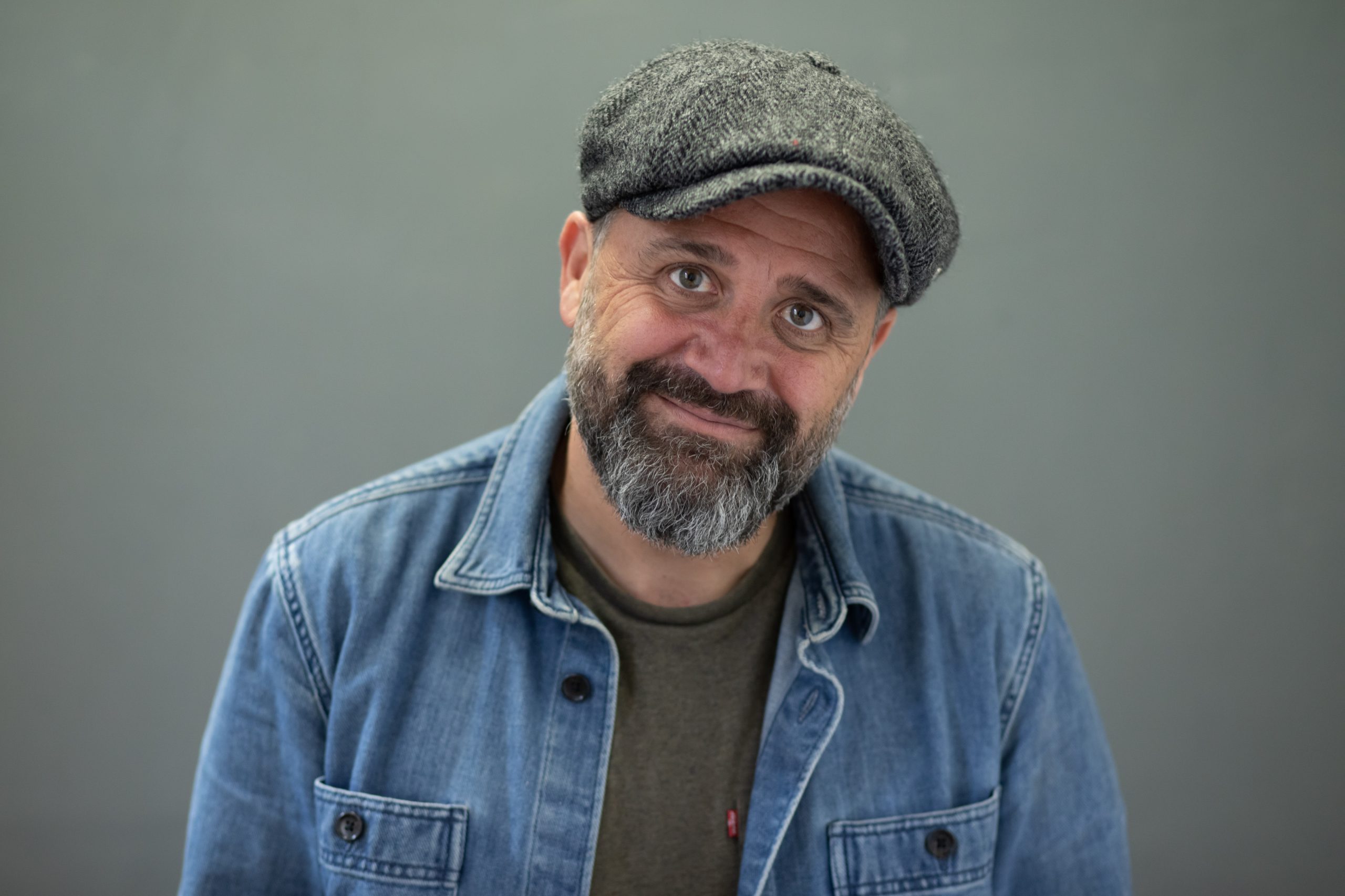The best-selling, award-winning author of 25 books for children and young adults, Phil was born in Hull, England in 1974. As a youngster, he was passionate about sports (football, cricket, tennis, golf), comics, graphic novels and drama. After studying English and drama at Hull University, he worked as a caregiver in a children’s home, then trained as a drama therapist and worked in a community for abused adolescents.
Here’s what he has said about then spending five years as a children’s bookseller: “It was the best move of my life. The books under my nose there were quite unlike anything else I had read, and quickly I found myself devouring nothing but children’s fiction. It became the springboard to me realising I wanted to try writing for young people.”
He has since divided his time between working in sales for children’s publishers and writing his own books. He lives in West Yorkshire with his wife, five children and two dogs. He can be found at https://www.philearle.com/
“To write is to play… Because when I’m writing, regardless of my age, there’s nowhere I can’t go, no person I can’t be, no world I can’t create, no adventure I can’t go on. I can go anywhere, be anyone and do anything.”
Q: You’ve written 14 books for early readers, but seem to have gravitated more recently to young adult novels (seven so far). What draws you to each of those age groups?
A: To be honest, I don’t tend to think too much about the age group I’m writing for. I write first and foremost for me. I’m always asking, would I like this? Would I be bored? I feel passionately about going wherever a story or an idea takes me. If that varies wildly book to book, so be it!
Q: Your fiction is a mix of serious contemporary issues and historical dramas, and more fun situations. Tell us about the two sides of you that accomplish that, or any rewards and challenges in switching from one to the other. Maybe there’s a common thread?
A: I like having freedom when I write, so I don’t feel under pressure when I write a different type of book. For me, I can sum up the joys of writing in one word: PLAYTIME. I want to replicate how I used to feel when the bell rang at school and I could run into the playground and pretend to be whoever and whatever I wished. That is real freedom, and that’s what I’m looking for when I write.
Q: What kind of boy were you, besides sports-loving?
A: I was a happy kid. Home life was busy, there was endless sport, every night of the week, but I’ve always loved the cinema and going to the theatre. I did a lot of acting as a kid and as a young man, and that taught me a lot about writing. About how to pace a story, about dialogue and characterisation. I learnt more about writing from plays and cinema than I did from reading novels. I found this difficult, my staying power was… limited.
Q: Northern Soul, your latest, is a rollicking romance, something to which boys can relate. Any comment on how boy romance novels differ from girl romance novels and what inspired this well-written tale?
A: I don’t know if they differ at all, do they? Love is love and lust is lust. 😉 I just remember the feeling of falling for someone for the first time. I was eleven. She was called Carly, just like the girl in Northern Soul. She walked in the classroom and WHAM. Life was never the same again.
I was terrible when it came to the opposite sex. Clumsy, shy, never knew what to say or how to let a girl know that I thought she was all kinds of wonderful. As a result I had a lot of false starts – many of which end up in the book. It’s definitely not all fiction!!!
Q: What tips can you (as parent and writer) offer educators and parents on getting middle-grade and young-adult boys to read?
A: Not to get hung up on the classics, or simply novels. There are so many ways to read which aren’t just novels. Don’t discount graphic novels or comics, never demote them to being a lesser art form. I will argue with you till I turn purple and faint on this matter. You can’t tell me that Art Spiegelman’s Maus isn’t as challenging as any Holocaust novel. There is IMMENSE power in visual literacy, and many, many ways to read. Also, consider shorter novels. Barrington Stoke’s novellas are often written by our finest writers. You can say a lot in a few words. Ask any poet. 😉
Q: What’s next in your prolific lineup?
A: A picture book, various novellas, a graphic novel and a prequel to one of my books. I can’t tell you which. I’d get in serious trouble…
-Pam Withers

